
 V2G (vehicle-to-grid) technology allows parked EVs to store and/or inject electricity into the grid when needed. The main benefit is to avoid the expense and disruption of building dedicated large-scale grid batteries when EVs and charging infrastructure are already ramping up. Though most EVs and charge points are not V2G-ready, now is the time to plan ahead, measure the true potential and identify the challenges. Ibtihal Abdelmotteleb, Matteo De Felice and Pablo Ruiz at Rabobank present the results of their modelling. In their case studies, parking facility owners incentivise EV owners to park when the grid needs to store excess renewables generation or draw more power during demand peaks. How these incentives are designed are crucial, and should be done in cooperation with the grid operators. The authors conclude with their recommendations, which include the need to standardise V2G infrastructure and market design across the EU, and to overcome the barriers to social acceptance of EV owners (e.g. limitations on the free use of their car, battery degradation).
V2G (vehicle-to-grid) technology allows parked EVs to store and/or inject electricity into the grid when needed. The main benefit is to avoid the expense and disruption of building dedicated large-scale grid batteries when EVs and charging infrastructure are already ramping up. Though most EVs and charge points are not V2G-ready, now is the time to plan ahead, measure the true potential and identify the challenges. Ibtihal Abdelmotteleb, Matteo De Felice and Pablo Ruiz at Rabobank present the results of their modelling. In their case studies, parking facility owners incentivise EV owners to park when the grid needs to store excess renewables generation or draw more power during demand peaks. How these incentives are designed are crucial, and should be done in cooperation with the grid operators. The authors conclude with their recommendations, which include the need to standardise V2G infrastructure and market design across the EU, and to overcome the barriers to social acceptance of EV owners (e.g. limitations on the free use of their car, battery degradation).
Vehicle-to-grid, also known as “batteries on wheels,” facilitates cross-sectoral integration of electricity. While electric vehicles primarily serve the purpose of enabling mobility without tailpipe emissions, they can also, when aggregated, provide a range of electricity grid-supporting services that contribute to a cost-efficient operation of the electricity sector.
Summary
- Vehicle-to-grid (V2G) facilitates cross-sectoral integration by enabling “batteries on wheels” to provide flexibility to the electricity grid.
- Our research demonstrates how parking patterns of V2G-equipped electric vehicles (EVs), when aggregated by the parking facility owner or an aggregator, can achieve congestion management capacity.
- Correctly designed economic incentives are crucial for EV owner participation and commitment to grid congestion management.
- Policies are needed to accelerate V2G deployments in both EVs and charging infrastructure.
Increasing the uptake of electric vehicles (EVs) is crucial for achieving the climate benchmark outlined in the Paris Agreement, aiming to restrict global warming to 1.5C. By replacing fossil fuel-based vehicles, EVs directly reduce greenhouse gas (GHG) emissions. Additionally, they require significantly less primary energy to deliver the same level of transportation.
Moreover, vehicle-to-grid (V2G) EVs can also play a role in enabling flexibility in the energy system. That flexibility allows for better integration of variable renewable energy production, contributing to further emissions reduction. For instance, V2G could also help address mismatches between non-dispatchable renewable production and electricity demand. It could also mitigate grid challenges that hinder the energy transition.
In this report, we delve into how V2G technology can contribute to grid-support services, specifically grid congestion management. The focus is on understanding to what extent V2G-equipped public parking could be turned into a temporary stationary battery, responding to congestion management requests placed by grid operators. Through Monte Carlo simulations, we translate expected parking patterns into available capacity that can be effectively managed by an aggregator to provide congestion management services.
Batteries on wheels: rapid electrification of the transportation sector
Electrification of transportation is considered to be one of the fastest ways to decarbonise. While biofuels face limitations for non-road transportation, and hydrogen still has a long route-to-market ahead, road transportation is rapidly embracing electrification. Depending on the type of vehicle, whether cars, urban city buses or trucks, electrification is progressing at different rates, driven by a combination of technological advancements, customer demand, cost considerations and supportive policies.
The EV fleet includes both plug-in hybrid electric vehicles (PHEVs) and battery-powered electric vehicles (BEVs). PHEVs have a combustion engine with battery-based support, while BEVs are powered exclusively by batteries that feed an electric engine.
The EV fleet in the EU is growing at a significant pace (see figure 1). It has just surpassed the 7m vehicles milestone in 2023, still a far cry from the 30m target by 2030 proposed in the European Commission’s ‘Sustainable and Smart Mobility Strategy.” However, the current market acceleration puts the EU on track to reach that summit. According to ACEA, BEV car sales alone already accounted for 14.6% of total sales in 2023. Over the past five years, BEVs year-to-year growth averaged almost 60%.

Figure 1: Total battery-powered and plug-in hybrid electric cars registered in EU / SOURCE: European Alternative Fuels Observatory, Rabobank 2024
EV charging infrastructure
On the other side of the electric cable, the charging infrastructure is also experiencing significant growth (see figure 2). The number of (public) Charging Points (CPs) is steadily progressing toward the EU targets for new transport infrastructure deployment. These targets include two main milestones: 1m (public) CPs by 2025 and approximately 3.5m by 2030. The current rate of CP deployment suggests that achieving these goals is feasible.
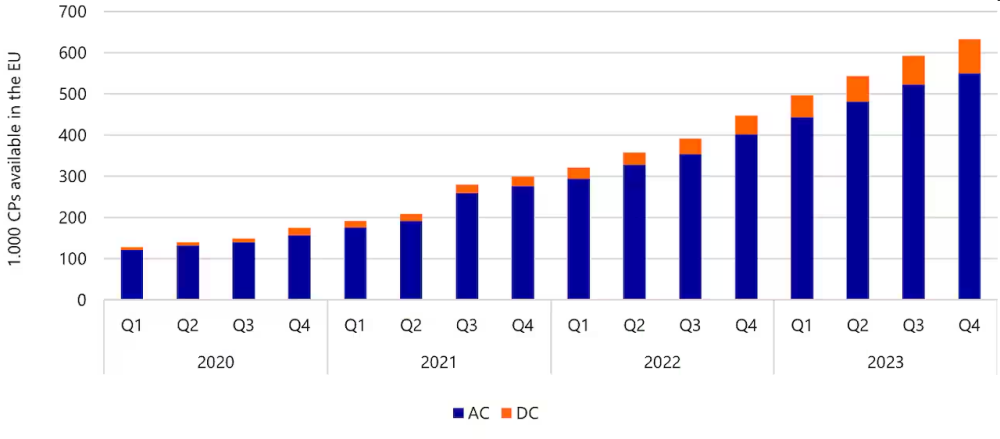
Figure 2: Evolution of available EV charging points across the EU / SOURCE: European Alternative Fuels Observatory, Rabobank 2024
Regarding charging speed, there are two main types of CPs: slow and fast charging. Slow charging CPs are more common and are based on alternating current (AC), which is commonly used in domestic applications. Fast charging CPs convert AC to direct current (DC), allowing them to achieve faster charging speeds. Naturally their infrastructure requirements are different. Typically slow CPs have a power output of up to 7kW, while the fast CPs can reach up to 350kW.
All currently installed CPs are unidirectional, allowing EVs to consume electricity from the grid. Looking ahead, the European regulation on the deployment of alternative fuels infrastructure requires all CPs built or renovated after April 13, 2024 to support smart charging[1]. Additionally, communication standards supporting smart and bi-directional charging (i.e., charging and discharging) must be adopted to ensure interoperability. Furthermore, EU member states are required to assess and report on the progress of charging infrastructure deployment, and how it contributes to the flexibility of the energy system, considering CPs that offer bi-directional recharging. Hence, the EU regulation promotes cross-sectoral integration, where the e-mobility and electricity sectors optimise the available flexibility efficiently.
V2G: driving your own power plant
V2G is an enabling technology that allows EVs to inject electricity into the grid. As such, V2G can transform EVs into “batteries on wheels,” capable of stabilising the grid and reducing the need for grid expansion. While most EV fleets are not yet equipped with bi-directional charging capabilities, the new trend shows that the market will increasingly embrace V2G-compatible EV fleets in the medium term. GM, for example, recently announced plans to include V2G technology as a default feature in their EVs by 2026, and some models, such as the Kia EV9, are already equipped with bi-directional charging.
Grid operators grapple with the effects of unidirectional EV charging. This unidirectional flow can put extra pressure on electricity grids, resulting in congestion. That is because EV owners strain the grid by simultaneously charging during evening hours, withdrawing high volumes and capacities of electricity from the grid. Smart charging addresses this issue by allowing EV owners to manage when and how they charge their EVs. For example, they can time charging during moments of low electricity prices. EV owners can also allow a third party or the grid operator to optimise the EV’s charging pattern, thereby mitigating grid challenges. An illustrative example comes from Northern Ireland, where the grid operator deployed the NI Intelligent Electric Vehicle (NIEV) project to explore intelligent charging.
V2G takes a step beyond smart charging. This technology allows EVs to provide grid-supporting services that can alleviate some grid challenges, rather than exacerbate them. Not only can EVs be recharged during the grid’s most convenient moments, but they can also be discharged when needed by the grid. In this way EV batteries, when aggregated, have the potential to provide grid services comparable to those provided by stationary batteries. These services are illustrated in figure 3 and explained in our recent article “The battery’s role in decarbonising the electricity grid.”
There are two key benefits of using EV batteries over stationary ones. First, using EV batteries does not require significant investments, land, or connection permits. With millions of batteries on wheels already in circulation, the infrastructure is readily available. Second, EV batteries are mobile, capable of connecting at various locations within the electricity grid to address local grid challenges. This is particularly interesting for congestion management, where, in most cases, only local assets (such as stationary batteries) can contribute to alleviating the congestion. Local assets are those with injections into or withdrawals from the electricity grid, directly impacting congestion at specific locations.
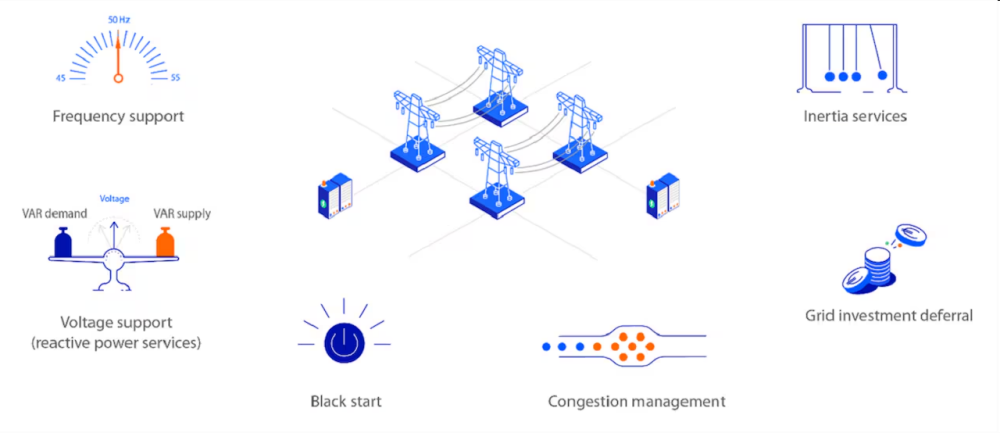
Figure 3: Grid-supporting services available for batteries / SOURCE: Rabobank 2024
What is congestion management?
Congestion in grids occurs when the power flow is constrained by the grid assets’ capabilities, creating a bottleneck that limits the normal flow of electricity. To resolve congestion, the ultimate solution is to physically reinforce the grid by adding more transformers, for example, and/or higher-capacity cables. However, given the urgency of the ongoing energy transition, faster and innovative solutions are needed. Moreover, physically reinforcing the grids requires substantial investments.
Therefore, strategies aimed at reducing demand or generating additional electricity during peak periods – when the grid’s capacity reaches its limit – are being considered and increasingly deployed to optimise grid capacity. Since congestion is location-specific, it requires flexibility providers who can influence the flows of the congested grid. In the EU and the UK, several strategies have been implemented. Notably, flexibility procurement through congestion management platforms – such as Piclo Flex in the UK and GOPACS in the Netherlands – is currently one of the most promising approaches.
These platforms offer integrated solutions for purchasing and selling flexibility. They enable grid operators to access local, aggregated flexibility from local small- and large-scale demand, storage, and generation sources, which is currently not available in day-ahead, intraday, capacity, or reserve markets. Transmission and distribution grid operators can place requests for congestion relief and flexibility providers bid accordingly. Batteries, including EV’s, can play a central role in congestion management when optimally located in the grid. They have the capability to both inject or consume electricity according to the congestion in place.
Case Study: Can EV batteries be used for congestion management?
Through V2G technology, EV batteries can be aggregated to provide congestion management in areas where they are connected to the electricity grid. When connected, their electricity flows can help alleviate the congestion at that moment. Hence, with the EV acting as a big battery on wheels, a third party or a fleet manager could use and optimise their capacity, bidding into congestion management platforms on their behalf. This could apply, for example, to a public parking garage, private parking lot for large corporates, or a local energy hub, where EVs spend a significant amount of their time parked.
In this case study, our aim is to understand the extent to which mobile EV batteries could contribute to grid congestion management. We created an optimisation model to quantify the aggregate capacity that EVs could provide when called upon by grid operators through a congestion management platform. This case study does not represent a specific country but instead aligns with the common conditions within Western Europe. We considered a range of assumptions (see figure 4).
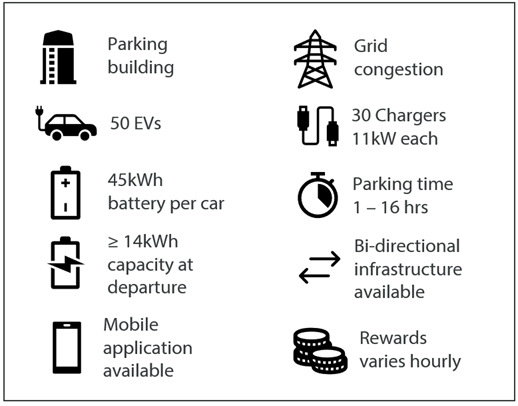
Figure 4: Assumptions used in the case study / SOURCE: Rabobank 2024
In our simulation, the parking building is located close to offices and/or public transportation, where EV owners tend to park for several hours. The parking facility is connected to the electricity grid through V2G in a congested area. A third-party aggregator is authorised to use the parked EV batteries connected to the V2G chargers, subject to certain constraints. These constraints include the EV owner’s preferred pickup time, and a minimum battery capacity requirement: when parking at a V2G post, the battery must be charged to at least 30%. In the reference case, 50 V2G-compatible EVs with a capacity of 45kWh each are considered, with arrival and departure times varying throughout the day. The majority of the EVs park for 5-10 hours. The parking pattern considered is shown in figure 5 and is based on available literature.
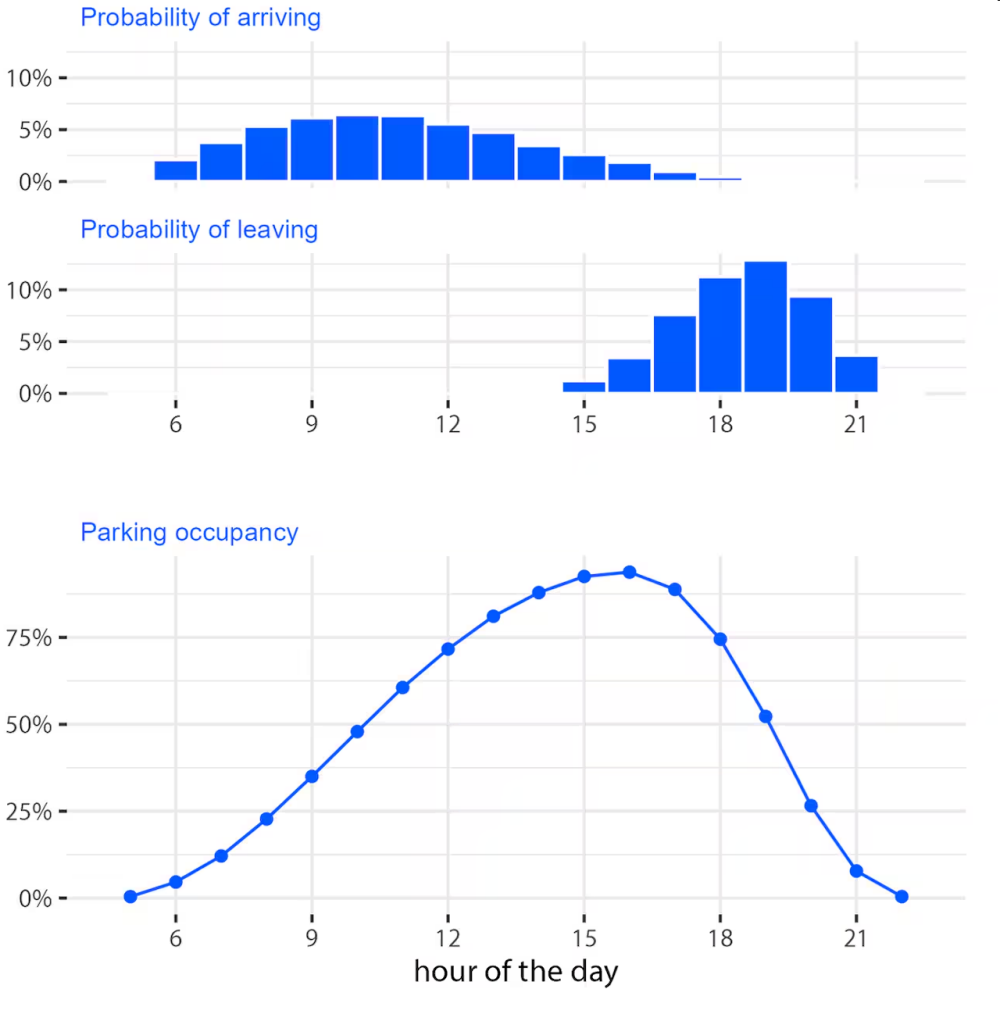
Figure 5: Parking pattern considered in our case study / SOURCE: Rabobank 2024
There are two types of congestions in grids. The first type is caused by excess generation and requires electricity withdrawal to relief the congestion – this is known as downward flexibility. The second type is caused by excess demand and requires electricity injection – referred to as upward flexibility. In our case, on a sunny day in an area with abundant solar panels, it is possible to experience both types of congestions throughout the day (see figure 6). The first congestion, occurring around noon, is triggered by the abundant generation injected into the grid through solar panels. To relieve this congestion, demand – such as EV batteries – is needed to consume the excess generation to relief the congestion. The second congestion, which arises during evening hours, results from increased demand. In this case, additional local generation is needed to relieve the congestion. However, it is also possible to encounter only one type of congestion on a given day. The two congestion scenarios considered in this case study are based on compiled congestion data from the UK, the Netherlands, Belgium, and Italy.
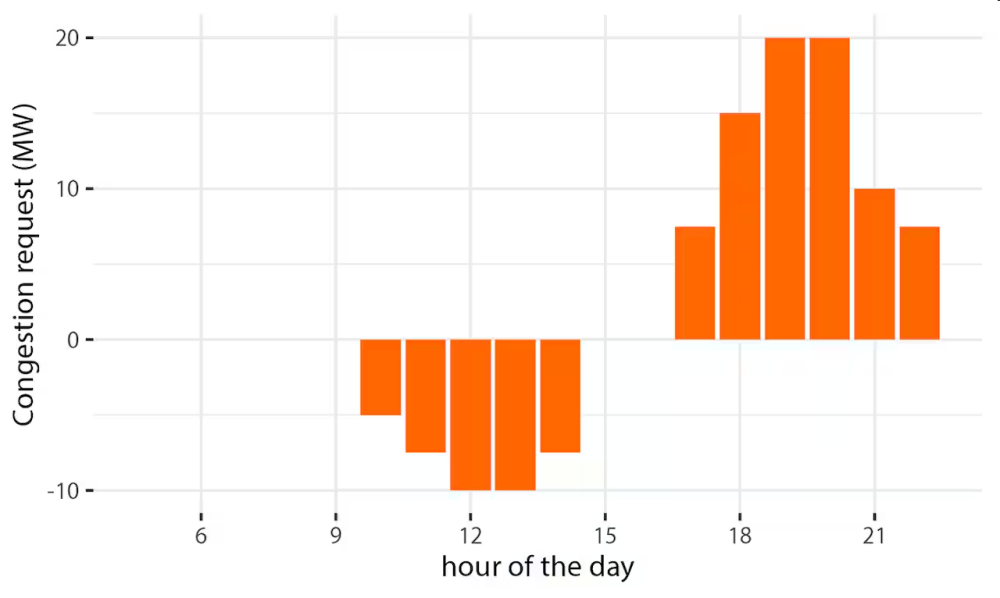
Figure 6: Grid congestion profile considered in the case study / SOURCE: Rabobank 2024
How could EV owners provide a congestion management service?
Through mobile applications, EV owners can make informed parking decisions based on hourly parking prices (see figure 7). These hourly prices consist of three components: a parking fee, a charging fee when the EV is charging, and a reward if the EV owner contributes to a congestion management service. Hence, during hours when there is no congestion, the EV owner will pay for parking and charging the EV battery. Conversely, during congestion hours, the EV owner will receive compensation for the service their EV battery provides. To incentivise longer parking duration, the EV battery aggregator may waive parking and/or charging fees. The EV owner reserves a V2G parking spot, specifying arrival and departure times. Based on the hourly prices, a total compensation or fee is calculated.
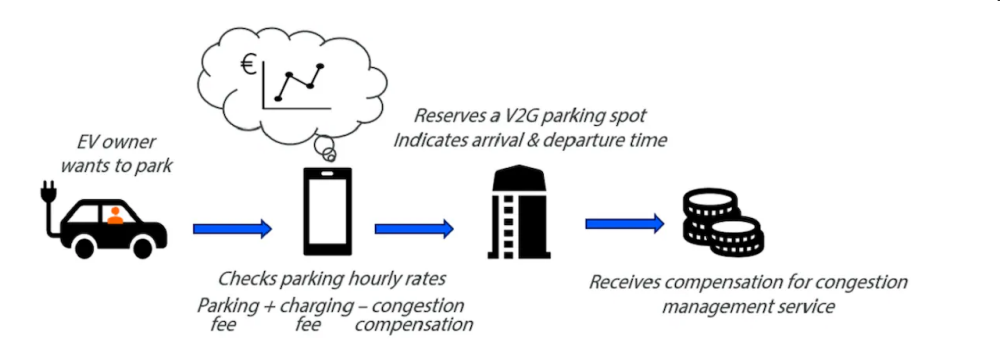
Figure 7: Process example for EV owners to provide congestion management service / SOURCE: Rabobank 2024
Case I: Reference case
This first scenario presents the reference case that adheres to all the aforementioned assumptions. We assume that compensation is correctly valued and communicated, thereby enabling and incentivising EV owners’ participation in congestion management services. However, since monetary values depend on various factors specific to each country, we have not provided any exact values. For reference, on GOPACS, the average compensation during 2019-2024 was EUR 0.35/kWh, with a maximum of EUR 1.11/kWh. Recent months have seen increasing prices, driven by the growing grid congestion experienced in the Netherlands. Additionally, we assume that there is no minimum capacity requirement for participation in grid congestion services. Based on the average of 50 simulations, figure 8 illustrates the potential (available) and provided battery capacity of each flexibility type following the illustrative congestion management call depicted in figure 6. In this scenario, five EVs provided both downward and upward flexibility throughout the day, allowing simultaneous revenue stacking opportunities for the EV battery owners.
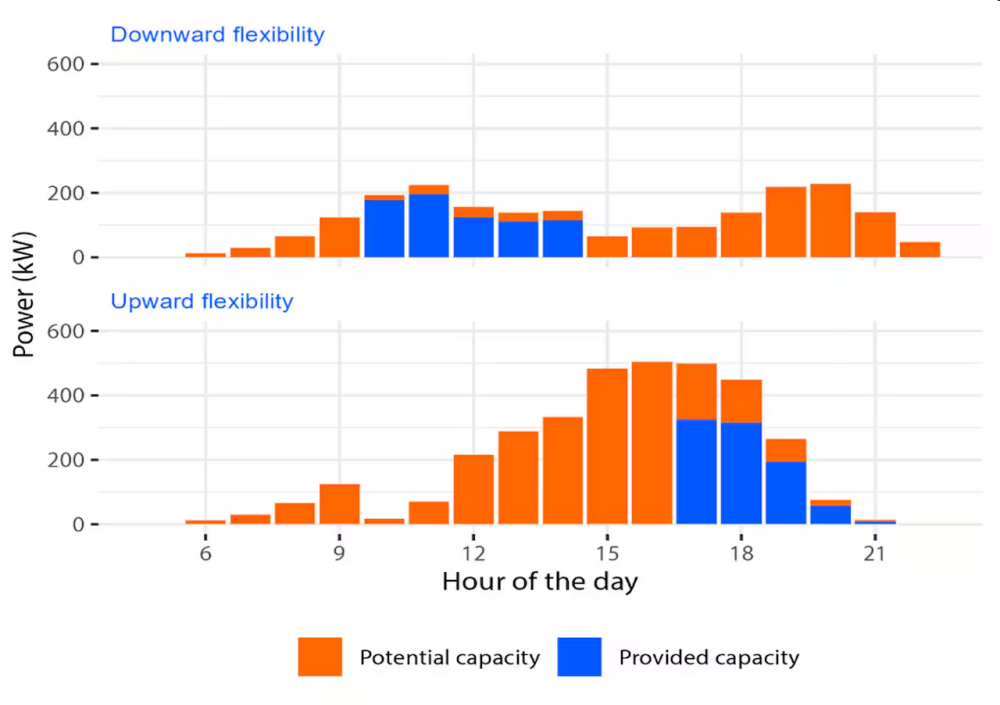
Figure 8: Aggregated EV battery capacity provided for congestion management services in case I / SOURCE: Rabobank 2024
Case II: Introducing dynamic congestion compensation
In this example, dynamic pricing refers to the varying hourly price triggered by the dynamic congestion compensation component. Hence, the reward that EV owners receive for participating in the congestion management service is not constant. Instead, the compensation varies according to the magnitude of the capacity required in the grid operator’s request. The higher the capacity required to resolve the congestion, the greater the compensation. This approach aims to transmit stronger economic signals to encourage EV owners to participate during critical hours. As a result, during hours 10:00-12:00 and 17:00-20:00, the number of participating EVs increases by 10%, 20%, and 30%. These EVs specifically target congestion hours and will park for three hours. Figure 9 illustrates the potential and provided battery capacity for each flexibility type following the congestion management call depicted in figure 6 for the +20% scenario. The results for the other scenarios are presented in table 1.
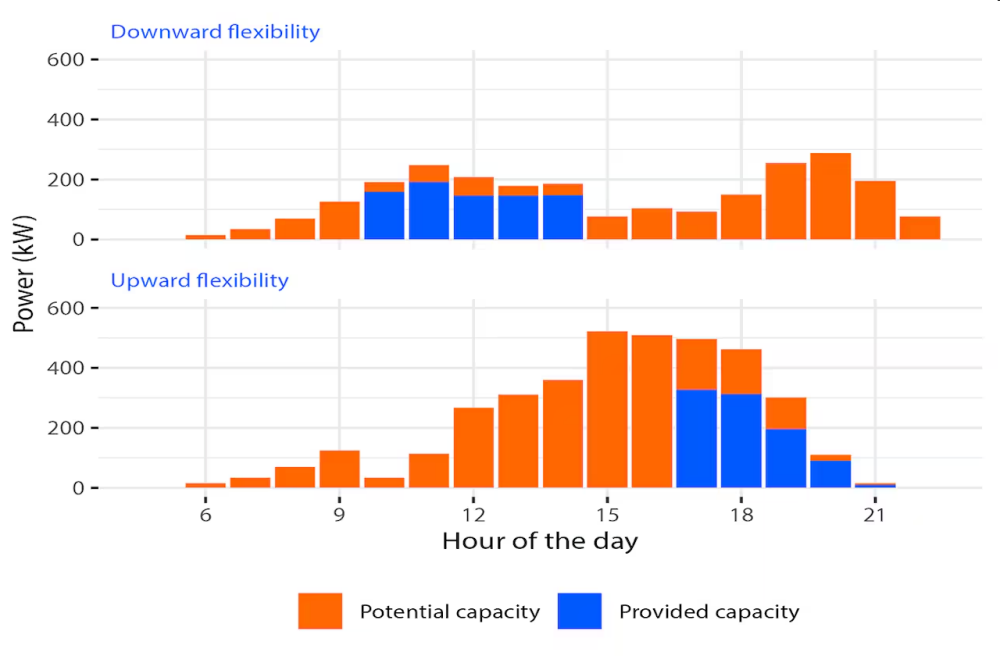
Figure 9: Aggregated EV battery capacity for congestion management services in case II (+20%) / SOURCE: Rabobank 2024
Case III: Introducing movable chargers
Under an attractive reward scenario, we expect that the demand for V2G chargers will increase during certain hours. While this aligns with the grid’s needs, it may pose challenges for the parking owner. As EVs park for several hours, occupying the V2G parking spot, the V2G charger becomes unavailable for other EVs. Consequently, when the initial EV battery has already provided its maximum agreed service, even if other EVs are willing to contribute to the service, they will not be allowed access if there are no free V2G charging spots available at that moment.
In that case, we can consider two options. The first option is to upgrade the parking infrastructure by adding additional V2G chargers. The second option is to install movable chargers that would allow several EVs to use the same V2G charger one at a time. Adding additional V2G chargers will lead to higher investment costs, which will only be worthwhile if they are used frequently rather than just a few times per year. This option also requires a larger grid connection, which may not be feasible in congested grids. The second option of installing movable chargers seems more reasonable and is considered in this third example.
Building on case II where the number of EVs increased during congestion hours, the movable chargers feature is added to harness the missed opportunities. It illustrates the potential and provided battery capacity of each flexibility type following the congestion management call in figure 6 for the +20% scenario, assuming that all V2G chargers are movable. The results for the other scenarios are presented in table 1.
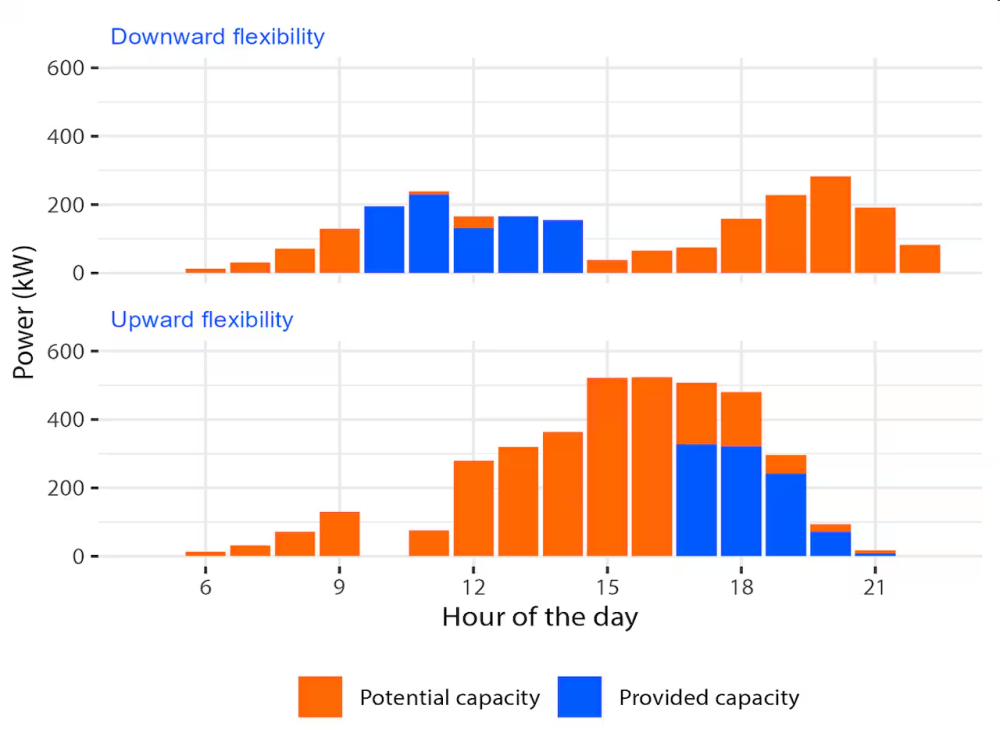
Figure 10: Aggregated EV battery capacity for congestion management services in case III (+20%) / SOURCE: Rabobank 2024
Main takeaways from the case study
Aggregated EVs have the potential to transform parking spaces (such as parking buildings, public transportation hubs, etc.) into temporary stationary batteries that help relieve grid congestion. Table 1 illustrates the total capacity provided to the grid for each case. For cases II and III, we consider several scenarios of additional EVs.
However, these available capacities are highly dependent on the business case aggregators put in place. Strong enough economic incentives are required to attract EV owners and ensure their firm participation. The definition of “strong enough” incentives requires further research. On the one hand, the total revenue for the parking owner will be a combination of the achieved dynamic market prices for the corresponding ancillary services and the total flexibility provided. Part of that revenue will be paid back to the car owners. The willingness of car owners to accept the use of their car batteries for congestion management and to be compensated for any associated restrictions and other aspects – such as the possible battery degradation – is an ongoing research area.
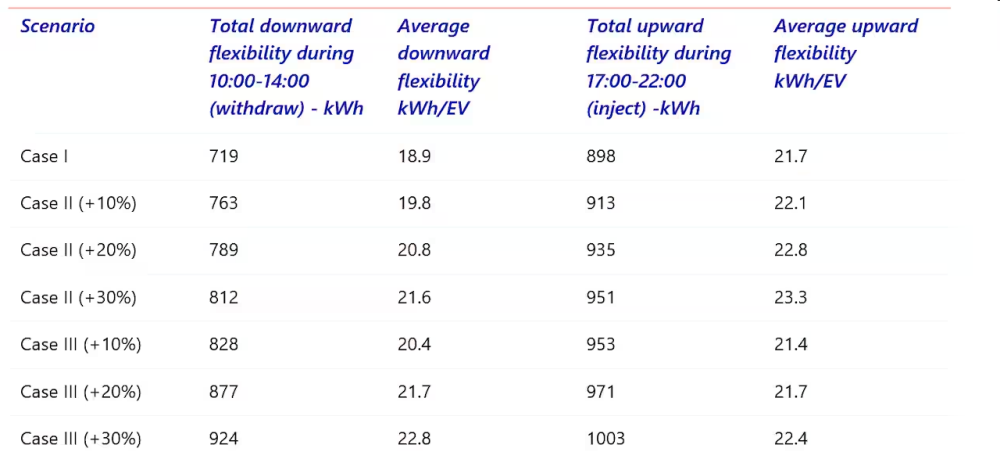
Table 1: Total upward and downward flexibility provided for cases I, II and III based on average values of 50 simulations / SOURCE: Rabobank 2024
How to unlock the value of V2G in the EU
There are three main barriers that must be addressed to fully unlock the value of V2G: administrative, economic, and social barriers.
1 – Administrative and regulatory barriers: standardisation is required across the EV value chain
Standardisation across the EV value chain is key to the realisation of V2G technology. Achieving this requires adopting a systemic innovation approach for EV technology, charging infrastructure, and market design. To reach the highest level of efficiency, standardisation across the entire EU would also be highly recommendable.
2 – Economic barriers: creating attractive business models
Besides all the technical and regulatory restrictions, smart economic strategies are essential for aggregating sufficient EV battery capacity and ensuring commitment. Grid operators must provide compelling economic signals through attractively valued compensation packages. These offers should be sufficient and straightforward for EV owners to understand and use. Moreover, strategically locating V2G chargers in areas where they benefit the electricity grid, and creating compelling business cases for aggregators will incentivise customers to use their EVs as mobile storage.
3 – Social barriers: dealing with V2G drawbacks to boost social acceptance
When mentioning EVs and V2G technology, several issues come to a car’s owner mind. For EVs, high initial costs, limited driving range, and charging time are some of the main barriers that hinder faster adoption rates. To overcome this, technological innovations are necessary to reduce these obstacles. V2G remains a relatively unknown option for the general consumer. For those who are familiar with the concept, the main concerns revolve around impeding the free use of the car, potentially accelerating battery degradation, loss of control over their asset, and privacy concerns. To increase social acceptance, EV aggregators must provide sufficient guarantees to address these concerns.
***
Ibtihal Abdelmotteleb was (up to March 2024) a Senior Energy Transition Specialist at Rabobank
Matteo De Felice is a Data & Computer Scientist at Rabobank
Pablo Ruiz is a Senior Energy Transition Specialist at Rabobank
This article is published with permission
Notes:
[1] According to REGULATION (EU) 2023/1804 on the deployment of alternative fuels infrastructure “smart recharging points should comprise a set of physical attributes and technical specifications (hardware and software) that are necessary for sending and receiving data in real-time and enabling the flow of information between market actors that are dependent on those data for fully developing the recharging experience, including recharging point operators, mobility service providers, e-roaming platforms, distribution systems operators and, ultimately, end users.”
- SEO Powered Content & PR Distribution. Get Amplified Today.
- PlatoData.Network Vertical Generative Ai. Empower Yourself. Access Here.
- PlatoAiStream. Web3 Intelligence. Knowledge Amplified. Access Here.
- PlatoESG. Carbon, CleanTech, Energy, Environment, Solar, Waste Management. Access Here.
- PlatoHealth. Biotech and Clinical Trials Intelligence. Access Here.
- Source: https://energypost.eu/v2g-modelling-how-ev-batteries-can-provide-storage-to-the-grid/

